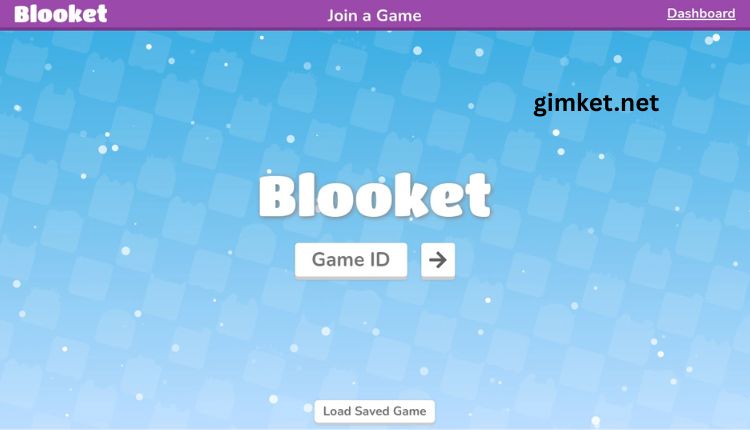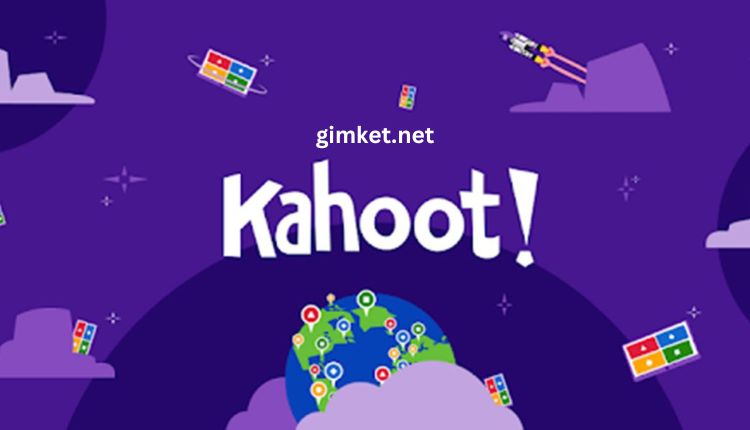It enables teachers to make, host, and assign quizzes and games to students in an engaging and fun environment. A look at one of dashboard blooket most powerful tools — its dashboard — a control panel to manage content and track student performance. The students use the dashboard to see their accomplishments, take part in games, and track their individual progress. With data acquired until October 2023, you can use this information to gain insights on the Blooket dashboard and revolutionize your approach as an educator to the learning process and how students engage with it.
How to Walk Through The Teacher Dashboard blooket
Contents
- 1 How to Walk Through The Teacher Dashboard blooket
- 2 Making and Managing The Game Sets Dashboard blooket
- 3 Game Assignment and Homework Tracking Dashboard blooket
- 4 Game Modes And Customization Options Dashboard blooket
- 5 How the Dashboard Blooket Lets You Monitor Student Progress
- 6 Student Dashboard Blooket Features
- 7 Connect With Classroom Work To The Real-World Dashboard blooket
- 8 How to Get the Most from Your Dashboard blooket
- 9 The Bottom Line
The Teacher dashboard is the center of the dashboard blooket platform. Once logged in, teachers have access to a clean interface where several relevant tools and sections can be assessed to begin and plan their process. Starting at the top, we will have the main navigation menu with options like “Dashboard,” “Discover,” “Create,” “History,” and “Settings.”
Dashboard: This section allows dashboard blooket teachers to see all the sets they have created, view ongoing games between their students, and see the average score of the class or detailed performance analytics. The dashboard design is user-friendly, with everything laid out in a way that makes sense, so even old-school educators can use it easily. Blooket also allows you to sort the game sets by date created or in alphabetical order, which assists with organization.
Making and Managing The Game Sets Dashboard blooket
Teachers can create new game sets using the “Create” button from the dashboard. It enables them to enter their questions and answers themselves or import them from a spreadsheet. Sets can be customized for any subject or grade.
Once sets are created, they show up in the main view of the dashboard blooket. Teachers can click on each to host a live game or assign it as homework. Blooket also allows you to edit existing sets, copy them for use with another class, or delete them completely if you no longer need them.
A dashboard blooket enables teachers to favorite specific game sets to locate frequently used content much more easily. This allows a developer to use class templates to quickly prepare data for presentation and minimizes the amount of code that needs to be run to launch a game session.
Game Assignment and Homework Tracking Dashboard blooket
Teachers can assign games to students for live play in the classroom or as homework through the dashboard. Teachers assign a due date and game mode when assigning homework. Each assignment gives students a code to join the game.
Teachers can monitor student engagement and performance on homework games right from the dashboard blooket. It shows how many students joined, who has completed the assignment, and the correctness of their answers. This information gives great insight into what the students know and informs teachers about how to modify future lessons.
Game Modes And Customization Options Dashboard blooket
Users can access loads of game modes on the dashboard blooket to add some fun to learning. Such as Gold Quest, Café, Tower Defense, Factory, and so on. Depending on class preferences or the particular learning goal, teachers can use a mode.
The dashboard also has a great customization feature. Teachers have the option to turn random events in games on or off, shuffle questions, or even hide specific content. This degree of control results in a safe, educational environment for all students.
It also allows the application of filters to see which sets have been made public or private and/or copied from other users. This allows teachers to work together and stay on track.
How the Dashboard Blooket Lets You Monitor Student Progress
Some of the best parts of the dashboard blooket come from the fact that you can monitor student progress in real time. Analytics on the dashboard show question-wise performance per student, including the number of questions answered, accuracy % age and time spent on each set.
From there, teachers can access class summaries or dig into individual student profiles. This allows for early detection of students who might be experiencing difficulties, ensuring targeted intervention.
The data is also exportable for teachers to present to an administrator at parent-teacher conferences or in school evaluations. Moreover, the real-time nature of such data guarantees that the teaching process can be modified instantly to achieve learning goals more effectively.
Student Dashboard Blooket Features
Like the teacher dashboard Blooket, which is content management + analytics, the student dashboard is more about game ingestion and progress. Once they do that and log in, students can see their dashboard where they can check what assignments are due, blocks (the avatars you earn in the game), and their recent game history.
They can review that same information in their logged completed games in their dashboard, which also tracks their scores, all of which helps them see where they need improvement. They can also see their rankings in class leaderboards that encourage a sense of friendly competition.
This dashboard blooket also shows you collectible items, such as blooks, coins, and tokens. These rewards can be leveraged for personalized game customization, creating a sense of play in learning. This new update rewards students with coins for playing games, which they can then use to unlock new blooks or a seasonal event.
Connect With Classroom Work To The Real-World Dashboard blooket
The dashboard blooket is more than a tool for running games; it is a great way to boost engagement in the classroom. With immediate feedback, competitive game modes, and a way of tracking learning data, it bolsters a holistic approach to formative assessment.
The insights on the dashboard can be used by teachers to customize lesson plans according to students’ difficulties, so no one is lagging behind. In larger group settings, the dashboard allows coordinating teachers to monitor pacing and participation.
Beyond that, however, the dashboard blooket can also work in tutoring sessions, homeschool environments and even virtual classrooms. This makes adaptive learning solutions easy to use in a variety of educational environments.
How to Get the Most from Your Dashboard blooket
If utilized for the full power the dashboard blooket provides, game sets should be changed based on student needs and as feedback is provided (Hernández, 2023). They should also try out the many different game modes to maintain student interest and motivation.
By bringing students’ reflections on their dashboard data, they can become more self-aware learners. The teachers may spend some time for students going through their past performances and set learning goals correspondingly.
You can also look at the “Discover” portion of Blooket, which will show you some high-end sets created by other teachers. They can be incorporated in your dashboard and used as such or adapted to your curriculum.
The Bottom Line
The dashboard blooket is an invaluable resource that helps any educator strategize better around classroom management, increase student participation. And deliver actionable insights with real-time data. Whether you’re a teacher looking for unique methods to engage your students or a student trying to monitor how well you’re learning, navigating the Blooket dashboard can help you take your education to another level. Simply put, the dashboard is the gateway to making learning fun and effective, in part due to its simple design, powerful features, and ease of use.


